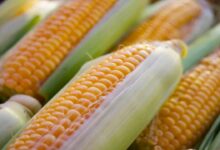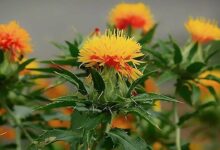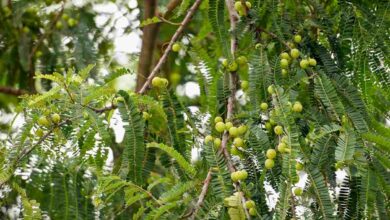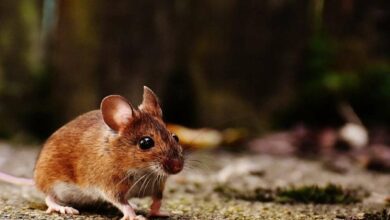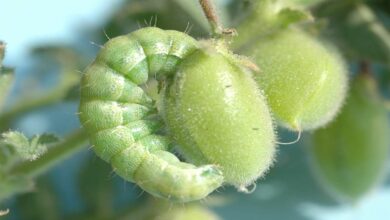Farmer brothers will get huge profit from the cultivation of Yam, know the advanced varieties and specialties
Cultivation of Yam: To boost their revenue, farmers are starting to grow medicinal plants in their fields. Farmers may cultivate therapeutic plants at a minimal cost and make a large profit. We have provided you with information today on the cultivation of Suran, a plant with exceptional therapeutic qualities, if you too would like to boost your income by growing medicinal plants. In several Indian states, the Suran plant is referred to by a variety of names, including Jimikand and Ol Ka plant. Tell us about this plant’s culture and some significant aspects of it.
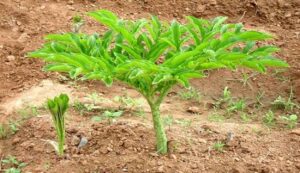
Crucial details about the Suran plant
The Suran plant, a tuberous crop with several therapeutic uses, is cultivated. In addition to its health benefits, this plant has many additional qualities. This plant is used to cure issues including joint discomfort, diabetes, hemorrhoids, and digestive system improvement. In particular, the plant is utilized as a pickle, vegetable, and medication.
Growing the Suran plant
A hot and muggy atmosphere is ideal for growing Suran plants. Farmers should cultivate it on sandy loam soil for a high yield. February through April is the ideal time of year to plant it. Remember that a great yield from the tomato crop depends on proper drainage. The yam crop takes eight to ten months to reach full maturity. The grower should remove the yam plants when their leaves begin to dry up and turn yellow. Once the yam has been removed from the ground, properly clean the soil and let it dry for two to four days in the sun. Sunlight lengthens its lifespan, allowing it to be worn comfortably for six to seven months.
Influence of Diseases and Pests
The yam plant’s greatest quality is its very low danger of insect and fungal infection. However, this crop is susceptible to some illnesses. like tobacco sandi disease, stem lagan, and blight disease, among others. The farmer should take the following actions to avoid this.
- Blight disease: To avoid this, apply a suitable amount of an Indofil and Bavistin solution to the yam plant’s leaves.
- Stem rot: The plant’s roots should be treated with a medication called Captan to stop the stem from decaying.
- Tobacco sandi disease: Thiophanate, copper oxidation, and a medication called Mancozeb should be sprayed on yam plants in the right amounts to avoid this disease.
Yam Varieties
Farmers should plant the enhanced yam types in the field if they want to have a high harvest. In various regions, varieties including Gajendra, BCA-1, and NDA-9 are highly favored. In addition, several regions allow farmers to grow native fruit kinds, such as red and white fruit variations.
Production and Profits
Farmers may produce 80–90 tons of yams if they grow them in a one-hectare area. In the Indian market, a quintal of yam costs around Rs 3000. If calculations are done in this case, farmers may cultivate it for up to Rs 4-5 lakh per acre.
